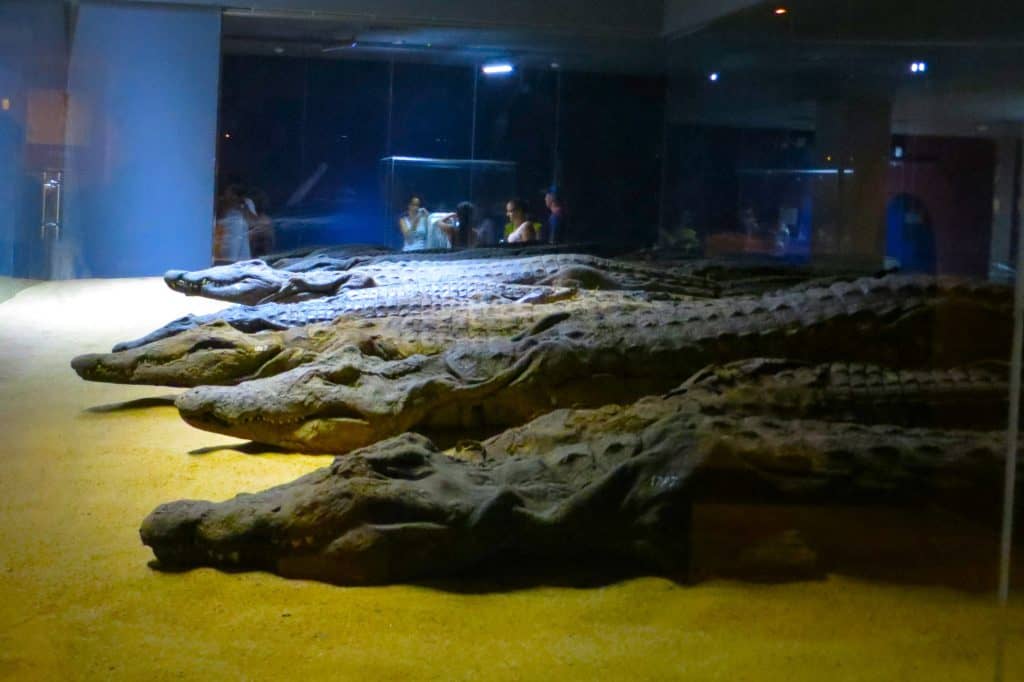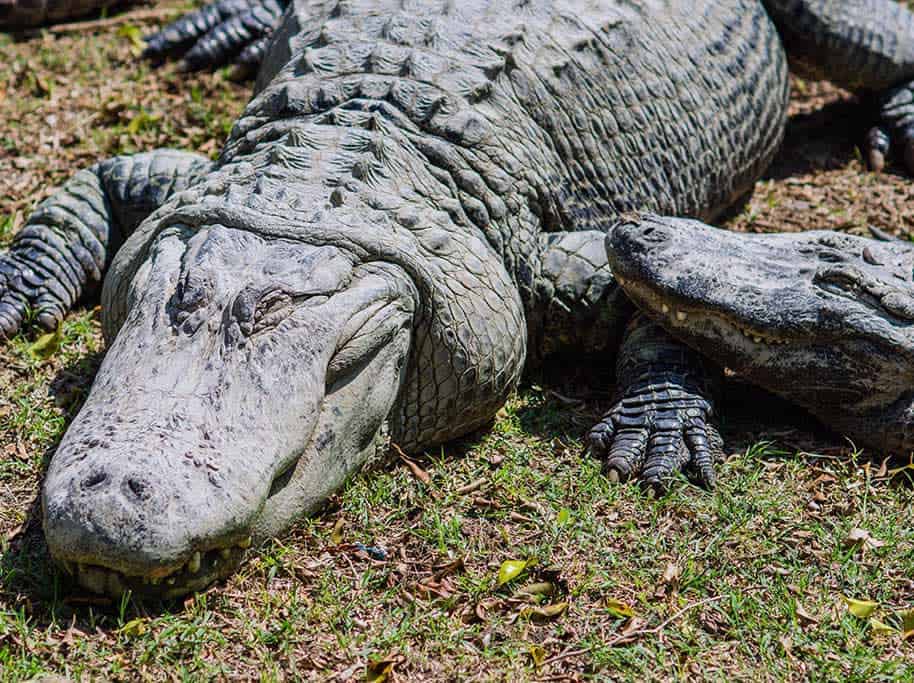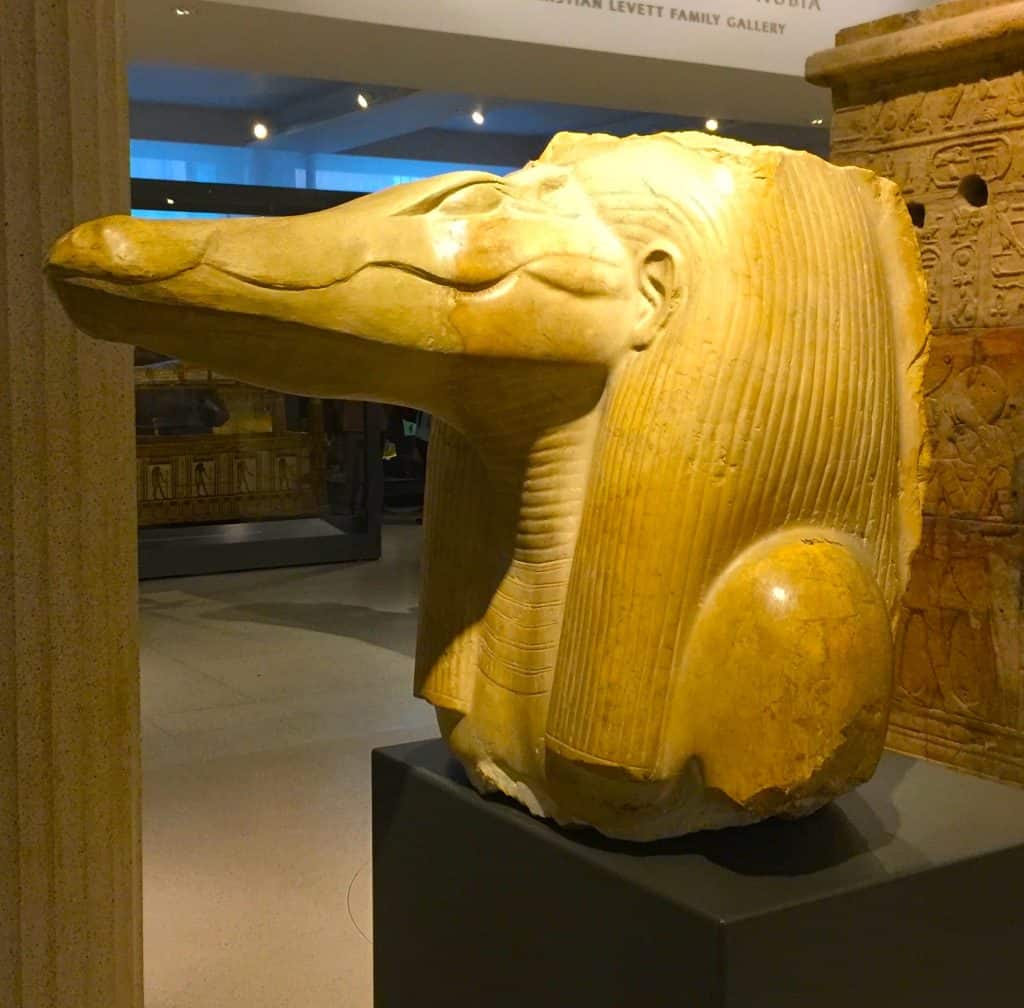What do we know about crocodiles in the Bible? First, let’s begin by saying that the Crocodile is the first animal mentioned in the Bible! The Crocodile is one of the few animals that is mentioned by name in the Story of Creation!

Credit: JMCC1, CC BY-SA 3.0, via Wikimedia Commons
Let’s learn about the Crocodile in the Bible! So how come only the crocodile was named in the biblical creation story? What do the traditional commentators say? Ibn Ezra and Ramban explain that that name is called the crocodiles because of their enormous size and strength. Attributing the creation of these powerful creatures to God strengthens His power.
Crocodiles In Israel

And what do the researchers of the ancient Near East say? So in the ancient Middle East culture, in which the Bible and ancient Israelite culture developed, the crocodile and the snake were seen as mighty monsters, a type of ancient gods who fought and rebelled against God. The story in Genesis Reduces their power and dwarfs them: not creatures equal in power to God, but simply his handiwork.
In Genesis, since the story of creation is trying to remove any element of myth from the story, the word taninim here is equivalent to crocodiles and not some kind of a godly sea monster equal to the Biblical God Creator of the world.
The Crocodile in the Bible: Moses And Aaron
The crocodile is a sea monster or dragon-like creature often associated with chaos and destruction. While the exact identity of the crocodile is debated among scholars, some believe it may have been inspired by the Nile crocodile, which was known to the ancient Israelites.
One of the most well-known references to the crocodile in the Hebrew Bible is in the Book of Exodus, where the tannin is one of God’s plagues on the Egyptians to convince Pharaoh to release the Israelites from slavery.

Credit: BVBurton, CC BY-SA 4.0, via Wikimedia Commons
In Exodus 7:9-10, Moses and Aaron confront Pharaoh, and Aaron throws down his staff, turning into a tannin. The tannin then proceeds to devour the other staffs that Pharaoh’s magicians had conjured up, demonstrating God’s power over the Egyptian gods.
The crocodile has a close cultural-religious connection to ancient Egypt. The ancient Egyptians believed in many gods and attributed animal attributes to them. The gods in the form of animals (sometimes half human and half animal) are seen beautifully in the murals and sculptures that are thousands of years old, which can still be seen today in Egypt and in museums worldwide. The crocodile was one of the most important gods in ancient Egypt. He was called Sobek.
Book of Isaiah
In prophecies or poetic texts in the Hebrew Bible when there are insinuations to traditions between God and his struggle against the ancient sea, even before the world was created. Then the word “tanin” (crocodile) refers to an ancient sea monster (Isaiah, 27, 1; Job, 7:12; Ezekiel 29:3; 32:2). “tanin” in biblical Hebrew means crocodile.
In Isaiah 27:1 the prophet declares:
“On that day, the Lord with his hard and great and strong sword will punish Leviathan the fleeing serpent, Leviathan the twisting serpent, and he will slay the crocodile in the sea.”
Isaiah 27:1
The tannin is often interpreted as a symbol of chaos and evil, which God will ultimately defeat in the end times. While it is not entirely clear whether the tannin in the Hebrew Bible was specifically inspired by the Nile crocodile, there is evidence to suggest that the ancient Israelites were aware of this fearsome creature.
The Nile crocodile was native to Egypt and would have been encountered by travelers and merchants in the ancient Near East. In addition, the Nile crocodile was often depicted in ancient Egyptian art, which would have been familiar to the Israelites.
The references to the crocodile in the Bible offer a fascinating glimpse into the ancient Israelites’ worldview and understanding of the natural world. While we may never know whether the Nile crocodile inspired the tannin, these references remind us of the enduring power of this fearsome creature and its place in human culture and mythology.

